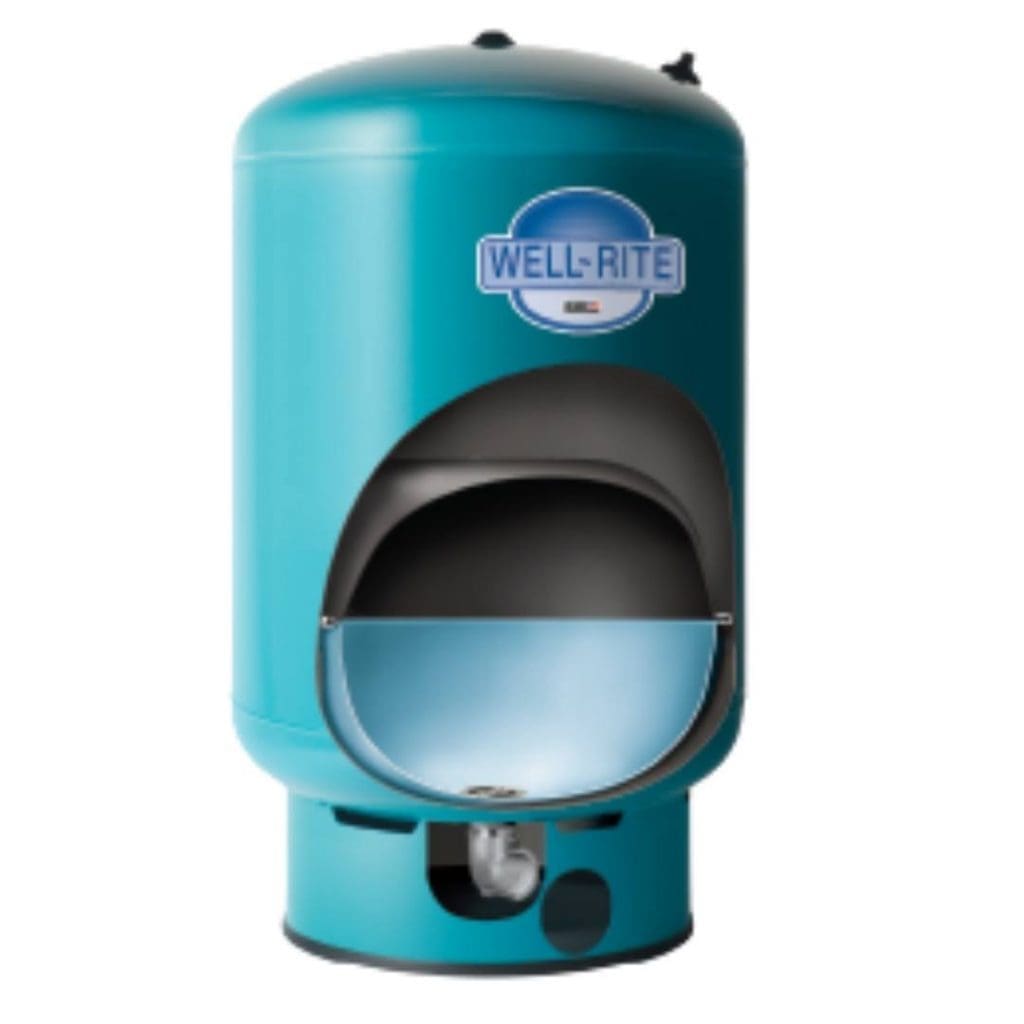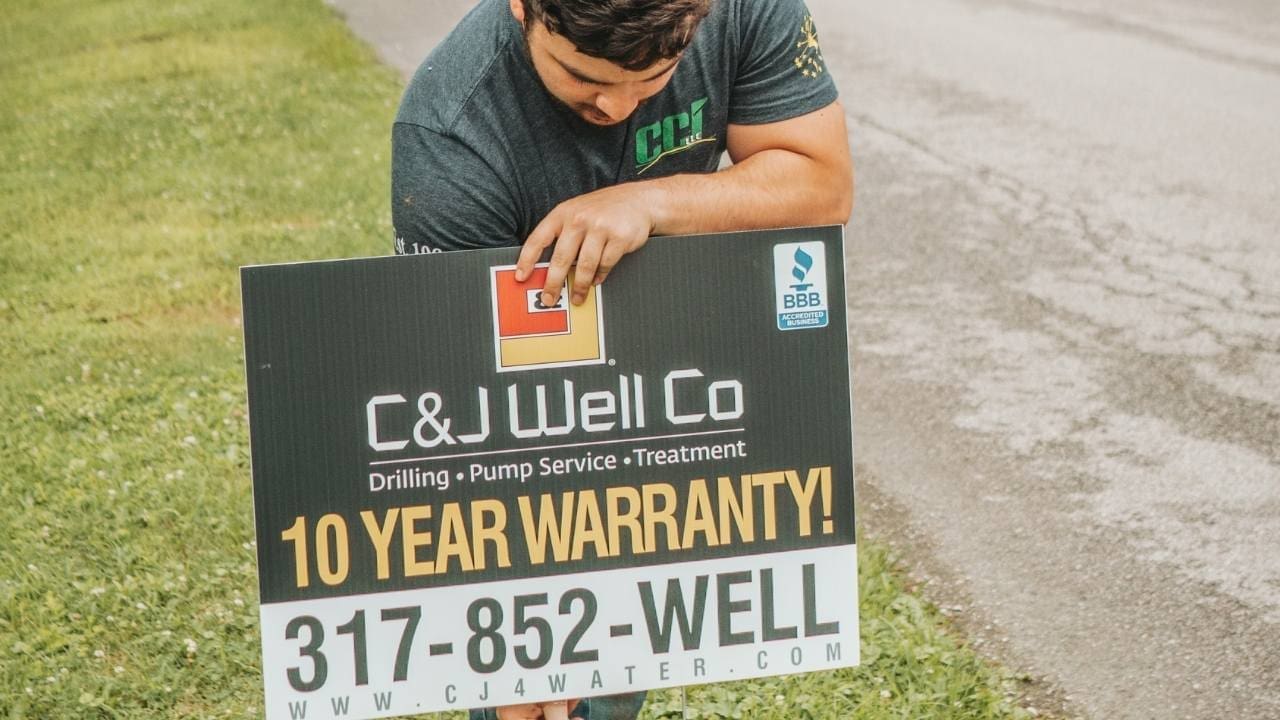Why Should I Choose a Fiberglass Pressure Tank?
If you own a home that has a private well for drinking water, it is to your benefit to learn how a well water system works. While most water well systems will last for many years, knowing what the components do can help you troubleshoot if a problem does arise. One of those components is a pressure tank. In this post, we will discuss what a pressure tank does and how you can choose the right one for your family.
What does a pressure tank do?
Pressure tanks operate off a principle called Boyle’s Law. Simply put, Boyle’s Law states that a gas (air) is compressible while a liquid (water) is not. Your pressure tank contains two things—water (at the bottom) and compressed air (at the top). The compressed air exerts pressure on the water when you turn on a faucet, causing it to flow out of the tank and into your home’s plumbing at a uniform rate.

Water from the well enters the bottom of the tank through the action of the pump. As the water level rises, the air at the top of the tank is increasingly compressed. Once maximum pressure is reached—typically 60-70 psi—the pump shuts off. When you turn on the water in your home, the compressed air forces water out of the tank. Once the water level drops to a certain level and the air pressure in the tank hits a pre-set minimum—typically 30 to 40 psi—the pump turns back on and replenishes the tank.
In addition to regulating water pressure, a pressure tank gives you instant access to well water, without the need to manually turn on the pump. Moreover, it allows you to draw well water without the pump cycling on and off each time. This reduces stress on the pump and prolongs its lifespan.
What kind of pressure tank is best?
Air-over-water tanks—In these tanks, there’s no physical barrier between the water and air. The drawback to this type of pressure tank is that over time the air dissolves into the water, so it needs to be monitored and changed regularly.
Diaphragm tanks—These tanks contain a rubber or vinyl diaphragm separating the water and air. As water enters the tank, the diaphragm stretches upward, compressing the air.
Bladder tanks—In these tanks, the water is contained within a balloon-like bladder that expands when water is pumped into the tank, compressing the air.
Steel Tanks—Steel tanks were the industry standard for years, but aren’t en vogue much anymore. While there are some applications when a steel tank is appropriate, most residential well systems benefit from a fiberglass/composite pressure tank.
Fiberglass/Composite Tanks—These tanks are designed to size the diaphragm properly, extending the life of your tank and your system overall. Due to its composite construction, there is nothing to corrode or rust and they are approximately 35% lighter than a comparably sized steel tank. Also, these are generally less expensive than steel tanks and offer longer cycle times than their comparable steel counterparts. Longer pump cycle times mean a longer-lasting pump life and lower electrical bills.

What size is right for me?
Pressure tank size and the drawdown will depend on the amount of water the pump can draw into the home in 1 to 2 minutes. Some tanks hold as little as 9 gallons, others more than 200 gallons. If your home uses more than the average amount of water or has a well with a low yield, a larger pressure tank may be needed.
C&J offers tanks from 9-gallon to 119-gallon, depending on the water storage needed. A 22-gallon tank is the most common size for residential purposes.
Can C&J install or replace my pressure tank?
We sure can! Are you having sporadic water pressure? Does your pressure switch constantly click on and off while using water? Your water tank might need to be replaced. Be sure your pressure tank is working properly, a bad tank can kill a submersible water pump very quickly. If you need a new pressure tank or just want more information about your well system, contact us today!









